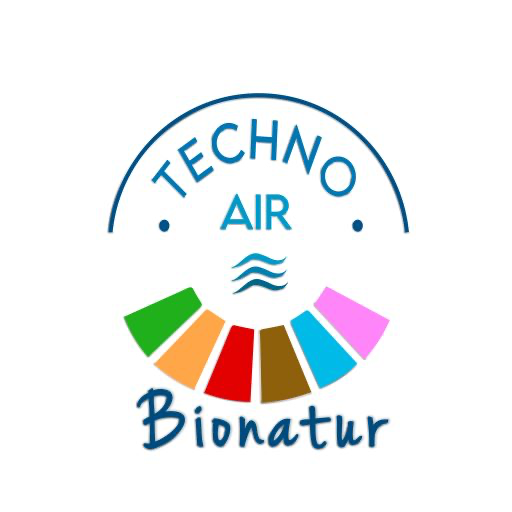Dioxins and Furans
Dioxins are characterised by their high toxic potential. In many cases they are produced as a result of burning plastics and chlorine products in urban waste incinerators, metal smelting, whitening paper pulp with chlorine or manufacture of some herbicides and pesticides among others.
What are Dioxins?
Dioxins are environmental pollutants that belong to the group of hazardous chemical products that make up part of the so-called persistent organic pollutants (POPs).
The chemical name of dioxin is 2,3,7,8-tetrachlorodibenzedioxin (TCDD). The term «dioxins» is often used to refer to a family of compounds related to each other from the structural and chemical point of view, made up of polychlorinated dibenzodioxins (PCDDs) and polychlorinated dibenzofurans (PCDFs). Some polychlorinated biphenyls (PCB) akin to dioxin are also included under this designation, which have similar toxic properties. Some 419 types of compounds related to dioxin have been identified, but it is considered that only approximately 30 of them have significant toxicity, with TCDD being the most toxic.
How can Dioxins affect us?
Dioxins have high toxicity and can cause problems in human reproduction and development, as well as affect the immune system, interfere with hormones and cause cancer.
Due to the persistent feature of dioxins it is essential to make an effort to reduce the current levels of exposure.
According to the WHO the most effective measures for preventing or reducing human exposure are those adopted at origin, or the introduction of strict controls on the industrial processes in order to minimise the formation of dioxins and their disbursement as far as possible.

 English
English  Español
Español  Français
Français  Português
Português 